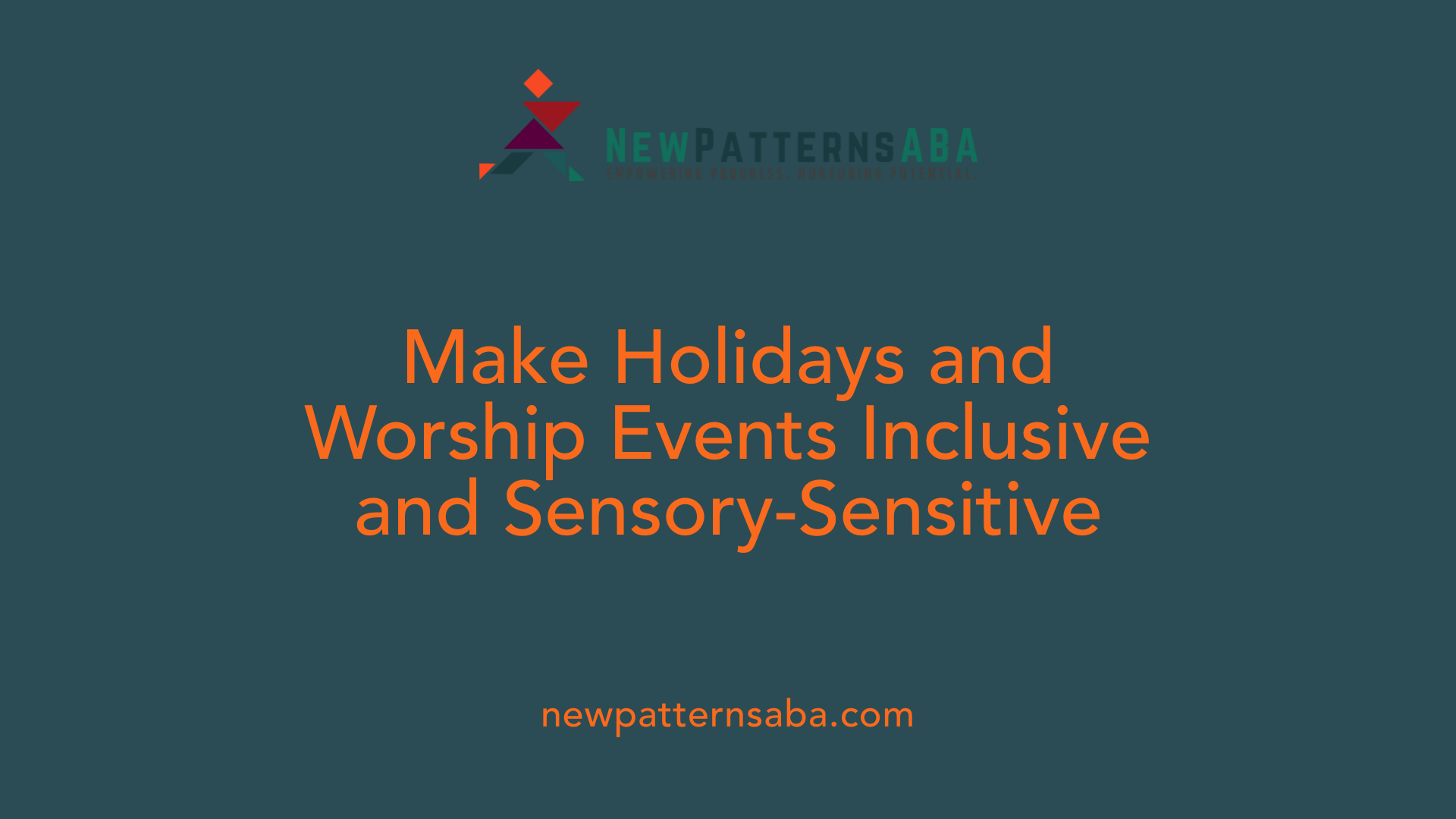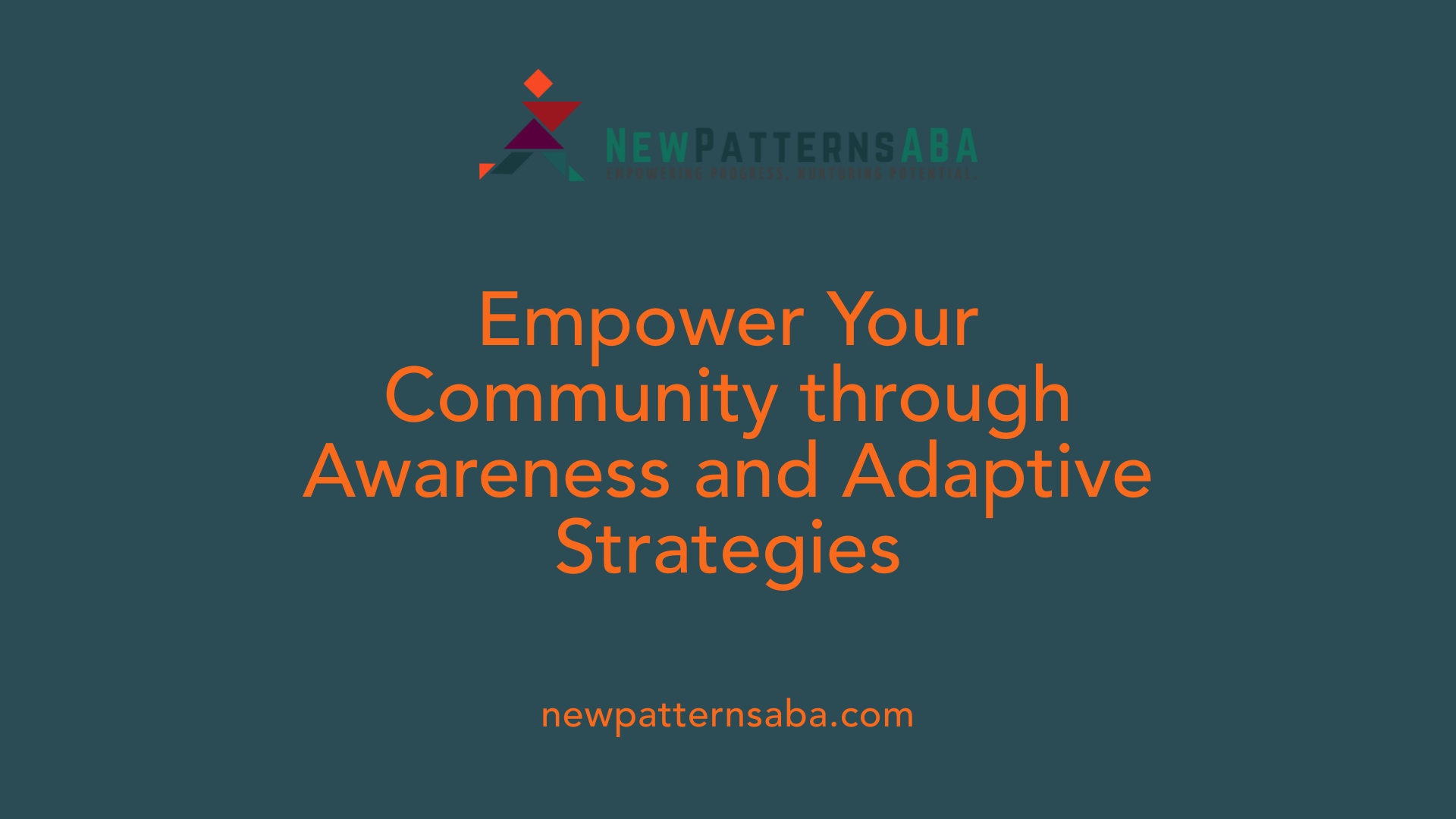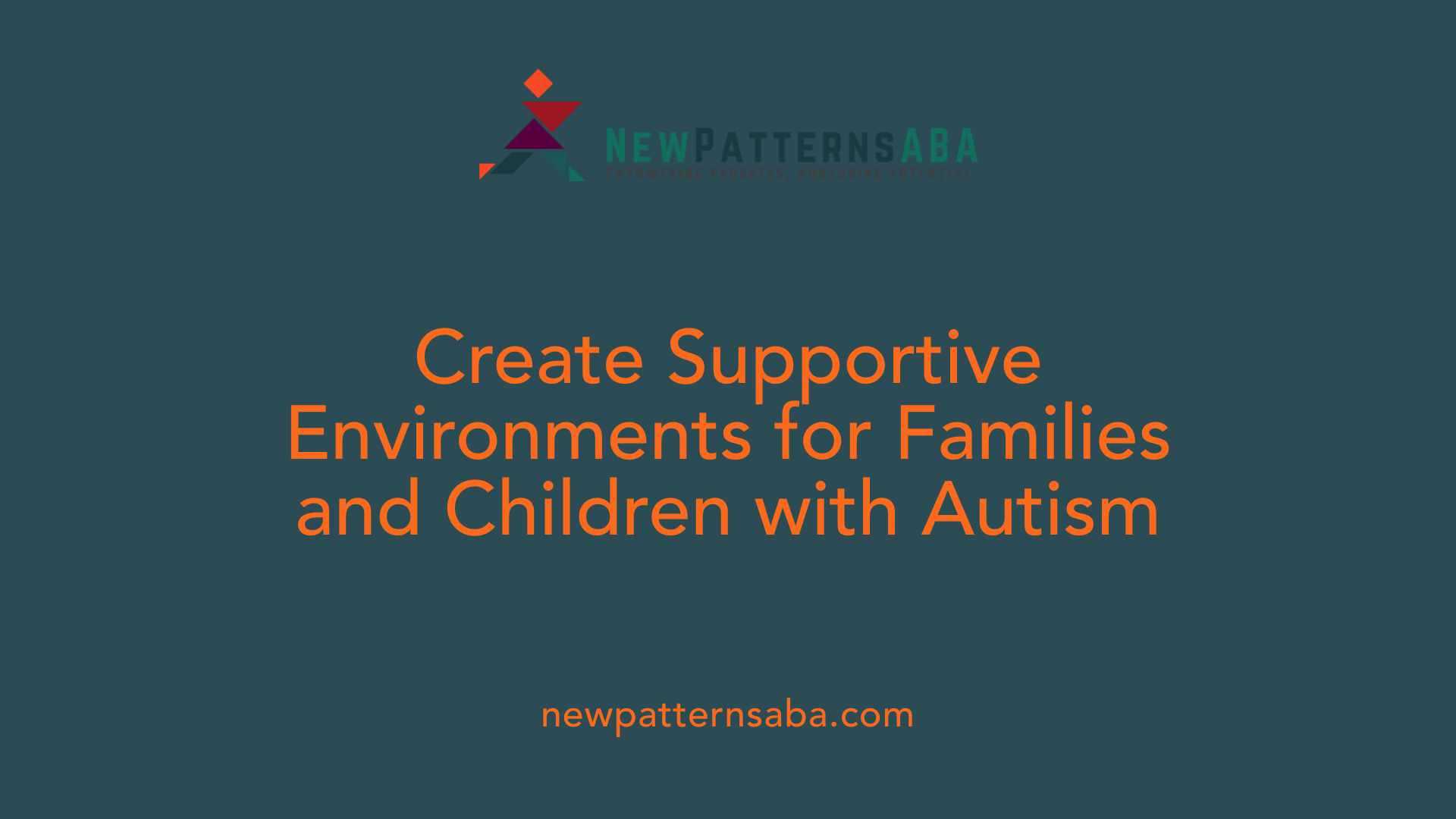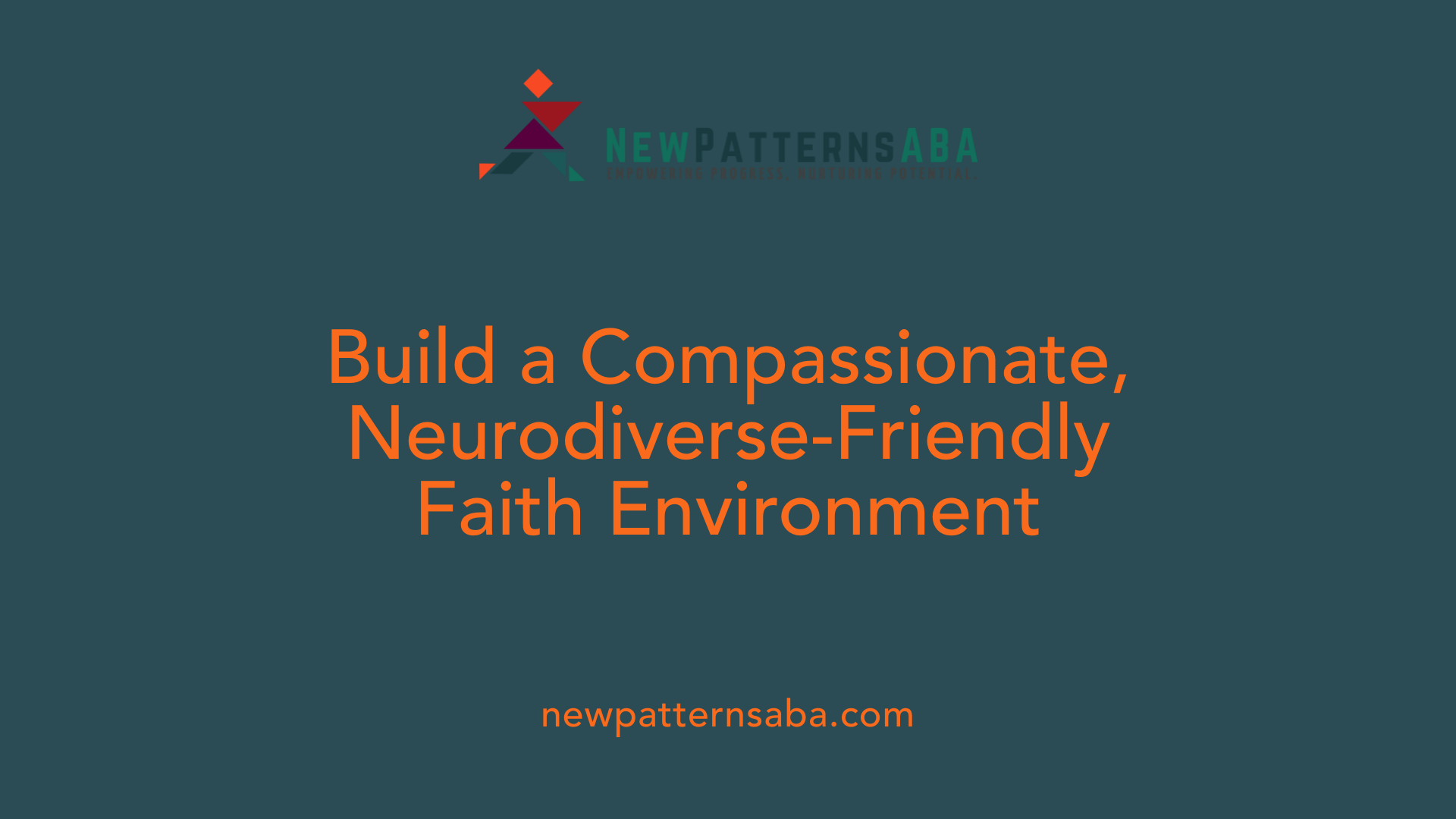Creating Inclusive Sacred Spaces for Neurodiverse Worshippers
Understanding the Need for Autism-Inclusive Religious Environments
Religious gatherings are vital community events that foster faith, belonging, and spiritual growth. However, for autistic individuals, these experiences can sometimes be challenging due to sensory sensitivities, communication differences, and routines. Designing autism-friendly religious gatherings involves implementing thoughtful strategies, environment modifications, and community education to ensure that everyone, regardless of neurodiversity, can participate comfortably and meaningfully. This article explores practical approaches, environment design, accommodations, and resources to support inclusive worship experiences.
Effective Strategies for Autism-Friendly Religious Gatherings
What are effective strategies for making religious gatherings more autism-friendly and inclusive?
Creating a welcoming environment for autistic individuals involves several thoughtful adaptations within faith communities. One practical approach is to design sensory-friendly spaces—these include areas where lighting can be dimmed, noise levels reduced, and calm activities available. Sensory rooms equipped with calming tools help individuals manage sensory sensitivities such as sound sensitivities or overwhelming lighting.
Offering visual supports, like clear signage, visual schedules, and pictorial communication aids, allows autistic attendees to better understand routines and navigate the environment independently. Providing advance notices about any routine changes, along with flexible seating arrangements such as priority seating or designated quiet zones, can significantly reduce anxiety.
Training church leaders, staff, and the broader congregation on autism awareness is crucial. This training encourages understanding, patience, and inclusive communication, enabling everyone to recognize and respect different behaviors without judgment.
To foster social inclusion, small group activities and buddy programs can be highly beneficial. These settings promote peer-to-peer support, helping autistic individuals participate more fully in community activities and develop meaningful relationships.
Finally, recognizing and accommodating the diverse participation needs of autistic members—whether through sensory tools, alternative communication methods, or simply adapting expectations—reflects a compassionate approach to faith inclusion. Implementing these strategies not only helps remove barriers but also affirms the community’s commitment to truly welcoming all members.
Designing Sensory-Friendly and Accessible Religious Environments
How can religious environments be designed to be sensory-friendly and accessible for autistic individuals?
Creating spaces that welcome autistic worshippers involves thoughtful adjustments to sensory stimuli and environmental design. First, managing lighting and sound is crucial; using dimmable, warm-toned lights can prevent overwhelming brightness, while sound-absorbing materials like carpets and acoustic panels help reduce noise levels.
Providing designated quiet spaces or sensory rooms offers a retreat for individuals experiencing sensory overload. These rooms can be equipped with calming tools such as fidget toys, plush seating, and noise-canceling headphones to help individuals self-regulate.
Visual aids play a vital role in navigation and comfort. Clear signage, schedules, and simplified visual cues assist autistic individuals in understanding and anticipating activities, reducing anxiety. Flexible seating arrangements allow personalized space choices, and sensory kits with items like stress balls or liquid motion timers can be offered to accommodate different needs.
Incorporating modifications in worship practices—such as avoiding flashing or strobing lights, keeping volume levels low, and minimizing sudden movements—further supports sensory accessibility.
Engaging community members through feedback and employing trauma-informed design principles help craft environments that are respectful, supportive, and adaptable. The goal is to foster a welcoming atmosphere where neurodiverse individuals can participate fully, feel safe, and experience spiritual fulfillment.
Supporting Autistic Individuals During Worship Events and Holidays

How can religious communities support autistic individuals and children during worship events and religious holidays?
Religious communities can create a more inclusive atmosphere for autistic individuals by setting up sensory-friendly environments. This includes providing quiet spaces for individuals to retreat to if they feel overwhelmed, offering noise-cancelling headphones, and avoiding bright flashing lights or strong scents that can cause sensory overload.
Implementing routines and using visual supports can greatly help autistic individuals understand what to expect. Visual timetables, social stories, and clear signs can help reduce anxiety by offering predictability and clarity about activities.
Effective communication is essential. Setting clear expectations, providing advance information about special events, and involving autistic individuals or their caregivers in planning help make participation more comfortable.
Offering accommodations such as accessible activities, providing alternative foods when necessary, and assigning support persons or buddies can facilitate meaningful engagement. These measures ensure everyone can partake in the worship experience without discomfort.
Equally important is fostering a welcoming atmosphere by practicing flexibility and encouraging understanding within the community. Educating congregation members about sensory sensitivities and individual differences promotes acceptance.
A combination of sensory adjustments, predictable routines, and community support helps create a festive, inclusive environment for all during religious holidays and worship events, helping autistic individuals feel valued and connected during these meaningful occasions.
Creating Inclusive Worship Practices and Resources

What guidance and resources are available to promote inclusive worship practices for autistic attendees?
Churches seeking to become more welcoming to autistic individuals can access a variety of helpful resources and guidelines. Autism awareness training for staff and congregation members is essential in fostering understanding and acceptance. Organizations such as the Autism Faith Network and MUHSEN provide comprehensive guidelines and sensory-friendly toolkit distributions to support accessibility.
Providing sensory-friendly spaces within the church, such as designated quiet areas or rooms with adjustable lighting and minimal noise, helps reduce sensory overload. Accommodations like noise-canceling headphones, visual aids, and priority seating ensure that autistic attendees can participate comfortably.
Educational initiatives play a vital role. Sharing personal stories from autistic individuals, hosting training sessions for volunteers and leaders, and involving autistic adults in planning stages cultivate a more inclusive environment. These efforts help dispel misconceptions and create a community where neurodiversity is valued.
Church leadership should recognize behavioral differences without judgment, focusing on inclusion as a form of spiritual equality. Collaboration with charities and local community groups can amplify efforts. Organizing special inclusive events, like autism acceptance days, encourages broader community engagement.
Implementing these practices, supported by accessible resources, creates a welcoming space where autistic individuals can fully participate in worship and community life, fostering a sense of belonging and spiritual fulfillment.
Supporting Autistic Children and Families During Worship and Religious Holidays
 Religious communities can significantly enhance the worship experience for autistic individuals and their families by designing environments that are accessible and supportive. This involves setting up sensory-friendly spaces where individuals can retreat if they feel overwhelmed, equipped with noise-cancelling headphones, calming visual stimuli, and comfortable areas for movement.
Religious communities can significantly enhance the worship experience for autistic individuals and their families by designing environments that are accessible and supportive. This involves setting up sensory-friendly spaces where individuals can retreat if they feel overwhelmed, equipped with noise-cancelling headphones, calming visual stimuli, and comfortable areas for movement.
Providing visual and sensory aids plays a vital role. Visual timetables, social stories, and clear signage help outline the flow of activities, making routines predictable and reducing anxiety. For children, offering alternative options like quiet activities or sensory toys can make participation more enjoyable.
Encouraging family involvement and offering flexible participation options allow families to engage in ways that suit their needs. This can include early access to services, designated support persons, or alternative participation methods that accommodate different communication styles.
Building understanding and acceptance within the community is crucial. Educational initiatives about autism sensitivities and neurodiversity foster empathy among congregation members, helping to dispel misconceptions. Training volunteers and staff about autism-specific needs ensures everyone is prepared to support and include autistic attendees.
Offering additional support during worship and holiday events, such as respite rooms and tailored activities, promotes deeper inclusion. These thoughtful adjustments not only facilitate participation but also affirm the community’s commitment to welcoming all members, regardless of their sensory or communication differences.
Overall, fostering a flexible, understanding, and sensory-aware environment transforms religious gatherings into spaces where autistic children and families feel safe, accepted, and spiritually connected.
Cultivating a Culture of Acceptance and Patience in Faith Communities

What are best practices for creating welcoming and inclusive religious spaces for autistic attendees?
Creating inclusive religious environments requires deliberate efforts to understand and accommodate the unique needs of autistic individuals. A fundamental step is involving autistic community members in planning discussions to ensure spaces and practices reflect their experiences.
Implementing sensory-friendly features, such as calming sensory rooms or designated quiet areas, helps mitigate sensory overload. Adjustments to worship practices, like controlling lighting, volume, and providing visual supports, create a more comfortable atmosphere.
Education is vital. Training church leaders, staff, and congregants about autism awareness, common sensitivities, and misconceptions fosters acceptance and patience. Promoting open dialogue encourages understanding and breaks down stereotypes.
Practical accommodations like priority seating and advance notice about service routines help autistic participants prepare and engage fully. Respecting individual differences and personalizing participation according to strengths strengthen the sense of belonging.
In sum, building a welcoming, understanding, and patience-driven community creates a space where all members, regardless of neurodiverse traits, can participate and grow in faith.
| Practice | Description | Additional Details |
|---|---|---|
| Sensory modifications | Calm spaces, adjustable lighting, lower noise levels | Designed to prevent sensory overload and anxiety |
| Educational initiatives | Autism awareness training for staff and members | Challenges misconceptions and promotes acceptance |
| Inclusive communication | Clear routines, visual aids, advance notifications | Reduces uncertainty and supports engagement |
| Personal connection | Foster friendships and peer support | Encourages participation and belonging |
Building such a culture involves ongoing effort and openness to learning, but ultimately results in a more compassionate faith community that values neurodiversity.
Fostering Inclusive Faith Communities
Creating autism-friendly religious gatherings requires thoughtful planning, environment adaptations, community education, and ongoing dialogue. By respecting individual differences, providing appropriate accommodations, and fostering a culture of acceptance, faith communities can become welcoming spaces where all members can worship, find belonging, and grow spiritually. As organizations like Autism Speaks and the Autism Faith Network offer valuable resources and guidance, congregations are better equipped to embrace neurodiversity and ensure that religious experiences are accessible and meaningful for everyone. Commitment to inclusivity not only enhances spiritual practice but also reflects core values of compassion and community.
References
- 17 ways to make your church autism-friendly | Opinion
- Welcoming autistic people into your faith community
- Welcoming Autistic People to Religious Gatherings
- 5 Ways Your Church Can Be More Inclusive for People ...
- Free Sensory Toolkits for Places of Worship!
- Welcoming Autistic People to Religious Gatherings
- 5 Ways Your Church Can Be More Inclusive for People ...






